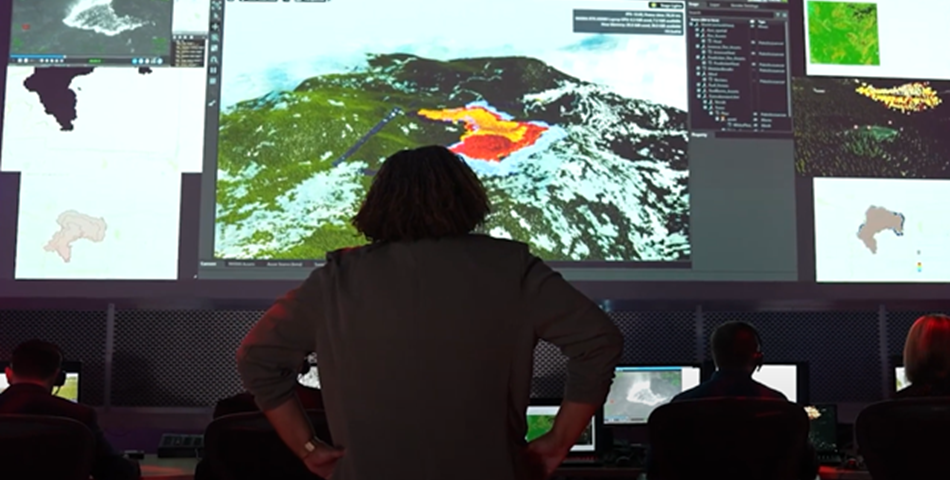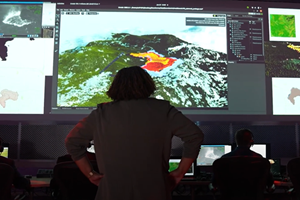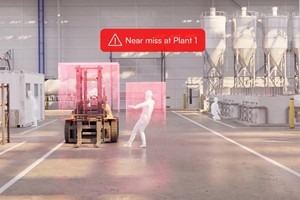WHAT YOU NEED TO KNOW: California has built up more tech, firefighters, and aircraft for wildfires than ever before – protecting Californians ahead of what could be an intense wildfire season after wet conditions resulted in more vegetation throughout the state.
GRASS VALLEY – With California’s peak wildfire season forecasted to be similar to the dangerous and destructive 2017 season, Governor Gavin Newsom joined state fire officials in Grass Valley today to highlight the all-of-the-above approach California is taking this year to prepare and protect communities on the front lines.
In addition to having the largest aerial firefighting fleet in the world on standby and the most firefighters in state history, California is deploying new tools – including AI, satellites, cameras, drones, real-time intelligence, and more – to fight fire faster and smarter.
What Governor Newsom said: “In just five years, California’s wildfire response has seen a tech revolution. We’re enlisting cutting-edge technology in our efforts to fight wildfires, exploring how innovations like artificial intelligence can help us identify threats quicker and deploy resources smarter. And with the world’s largest aerial firefighting force and more firefighters on the ground than ever before, we’re keeping more Californians safer from wildfire. While these resources will help protect our communities, Californians need to remain vigilant for what could be an intense wildfire season this year.”
TECH & INNOVATION TO FIGHT FIRES SMARTER: No other jurisdiction in the world comes close to California’s use of innovation and technology to fight fires.
- Persistent Communication and Surveillance: The state is working with Lockheed Martin to explore the potential of incorporating Department of Defense-grade technology to fight wildfires. CAL FIRE is focusing on drone-based software, AI-enabled tools, analytics, and capabilities to provide analysis of ground and atmospheric conditions in near real-time, as well as persistent communications capabilities to fire personnel on the ground during response activities.
- Low-Earth Orbit Satellites: The state is also working with the Environmental Defense Fund on low-earth orbit satellite technology. CAL FIRE is currently working on a potential partnership to formalize our ability to be involved in providing user input and feedback during system development, analyze sample and initial data from the system, and advance our knowledge of satellite-based detection for wildland firefighting including wildland-urban interface fires, prescribed fire, and more.
- FIRIS (Fire Integrated Real-time Intelligence System): Originating as a state-funded pilot in Orange County in 2019, and now funded for statewide operations, FIRIS is a program that provides real-time intelligence data and analysis on emerging disaster incidents in California. Infrared mounted cameras on the aircraft provide a common operating picture, and data for near-real-time fire modeling that is available at the onset of emerging incidents.
CAL FIRE SECURES 24 ADDITIONAL AIRCRAFT: CAL FIRE is bolstering its firefighting aircraft fleet across California for the second year in a row as a result of over $72 million in funding provided by the state. The investment has allowed CAL FIRE to secure 24 additional firefighting aircraft (19 helicopters and 5 airplanes for a contractual period of 90-120 days) to enhance their statewide response efforts against wildfires in California. The additional fixed-wing aircraft include 3 large airtankers specifically designed to carry up to 4,000 gallons of retardant. These aircraft have been strategically located in communities across California and will be pre-positioned to meet the needs of potential fire activity throughout the state.











